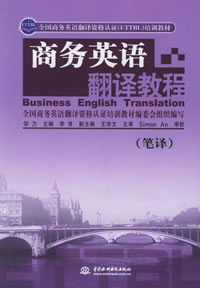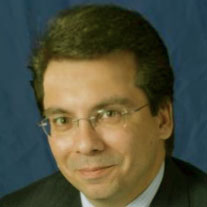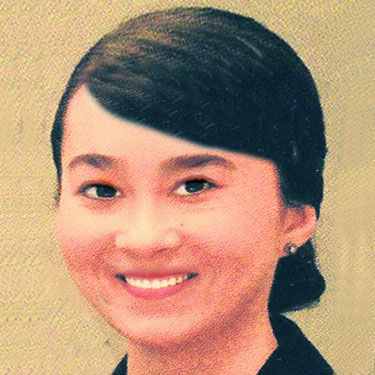翻译课上学语言
作者:古龙 2009-07-04




语际翻译公司 转载请注明https://www.scientrans.com
∗本栏目部分文章内容来自互联网,部分已经过本站编辑和整理,如有版权事宜请联系Email/MSN jesczhao@hotmail.com
Sociolinguists, scholars who study language and how humans acquire it, believe that there are psychological, social and perhaps genetic factors that allow students to progress more or less rapidly than others. Specialists in semiotics have added that verbal and non-verbal factors influence how well students may learn languages (Hodge, B. 2000, p.21.)
Although his work may no longer be universally agreed upon, Noam Chomsky has made most of the inroads into language learning theory. According to Chomsky, there are certain language universals. The first is that all languages are learnable. The second states that all languages share certain characteristics, and the third contends that there are rules and principles that speakers apparently follow in making sentences. In the classroom, translation instructors are particularly concerned with points two and three. If all languages share characteristics, instructors should help the student recognize them and use these characteristics in their translation activities. In order to facilitate translation, instructors should make the rules of language available to their students. Chomsky also made a now very famous distinction between language competence and language performance. Competence is just the knowledge the student possesses of the grammar of a language; performance is considered the ability to produce through use of one's competence (Steinberg, 1993: 97).
In order to understand how adults may excel in language learning, researchers have delved into the ways children acquire language and have established some correlations. The main correlations seem to stem from the knowledge that children understand their native language before they actually speak it. They pick up the rhythm, pitch, stress and melody of the language and imitate the lyrics of the language before they actually speak it fluently first by saying single words, then two-word units, grammatically incorrect sentences and finally logical, correct expressions of meaning (Steinberg, p. 4).
In addition to understanding a language before speaking it, memory is also extremely important. Children learn languages more quickly when they are able to visualize the object, hear the sound of its name and then store that link in their minds for further retrieval. This fact is linked to basic theories of education from the time of John Locke who emphasized the need for a student to have access to an object so as to internalize its meaning.
Fromkin and Rodman also emphasized the important role creativity plays in the acquisition of language. Although there may be a certain primitive resemblance between human and animal language, animal language is finite and the messages are stimulus-controlled (1998:13). Human beings write fiction and poetry; they sing songs in duets, and in choirs. Animals do not.
Research on second-language acquisition is advancing very rapidly. Until Chomsky's research, repetition and mechanical drills comprised the essence of language learning curricula. But classroom drill was found to be insufficient; logic and communication competence are now emphasized.
Many brilliant approaches to teaching translation are applications of general learning and language learning theory. The functionalist approach to translation as explained in Translating as a purposeful Activity in 1997 by Christiane Nord emphasizes the need to make a translation "purposeful" (p. 1). Translators take practicality into consideration as they transfer a text from one language into another. There are many other approaches, as well.
In our everyday teaching of language, or language-related activities in the classroom we can take advantage of the above research. Through even such a brief overview, it is clear that instructors who use concrete examples, who introduce creativity into their activities and offer students opportunities to achieve success frequently are offering interesting and beneficial experiences for their students.
As an example of writing exercises useful to students, which aims at reducing the gap between a native speaker and a translation student, the following has proven successful in improving both language competence and business writing proficiency of student translators. It would be plausible to expand on this sample in a variety of ways by asking students to translate an already well-written e-mail and to compare the English version wit
- 评论
- seme:文章内容文章内容文章内容文章内容文章内容文章内容文章内容文章内容文章内容 章内容文章内容文章内容文章内容文章内容
- seme:文章内容文章内容文章内容文章内容文章内容文章内容文章内容文章内容文章内容 章内容文章内容文章内容文章内容文章内容

- 谈翻译观念的嬗变与翻译技能的训练
2009-6-15 15:33:10 - 《高等学校英语专业英语教学大纲》中规定,大学生通过四年的在校学习,“能运用翻译的理论和技巧,将英美报刊上的文章以及文学原著译成汉语,或将我国报刊、杂志上的文章和一般文学作品译成英语……。译文要求忠实...
- 翻译与网络营销
2009-6-11 0:02:31 - Translation and Your International E-Commerce Strategy Most businesses realize that they ...
- 第四届IEEE生物信息与生…
2009-6-30 19:42:01 - 基本信息 主办单位: 四川大学,IEEE生物医学工程协会(EMBS) 承办单位 开始日期 2010/06/18 结束日期 截稿日期 2009/1...
- 第九届全国光电技术学术…
2009-6-30 19:35:58 - 基本信息主办单位: 中国宇航学会光电技术专业委员会承办单位 开始日期 2009/11/01结束日期 截稿日期 2009...
















